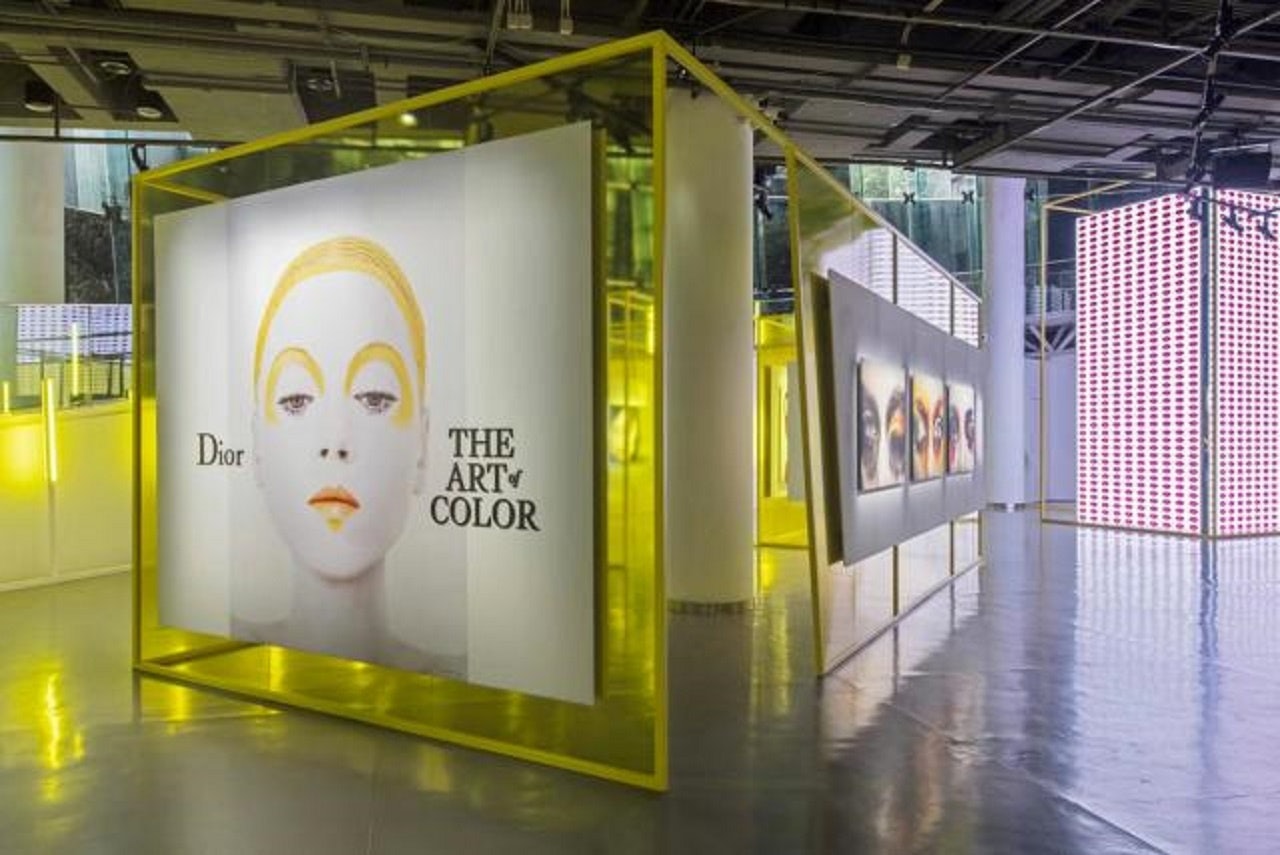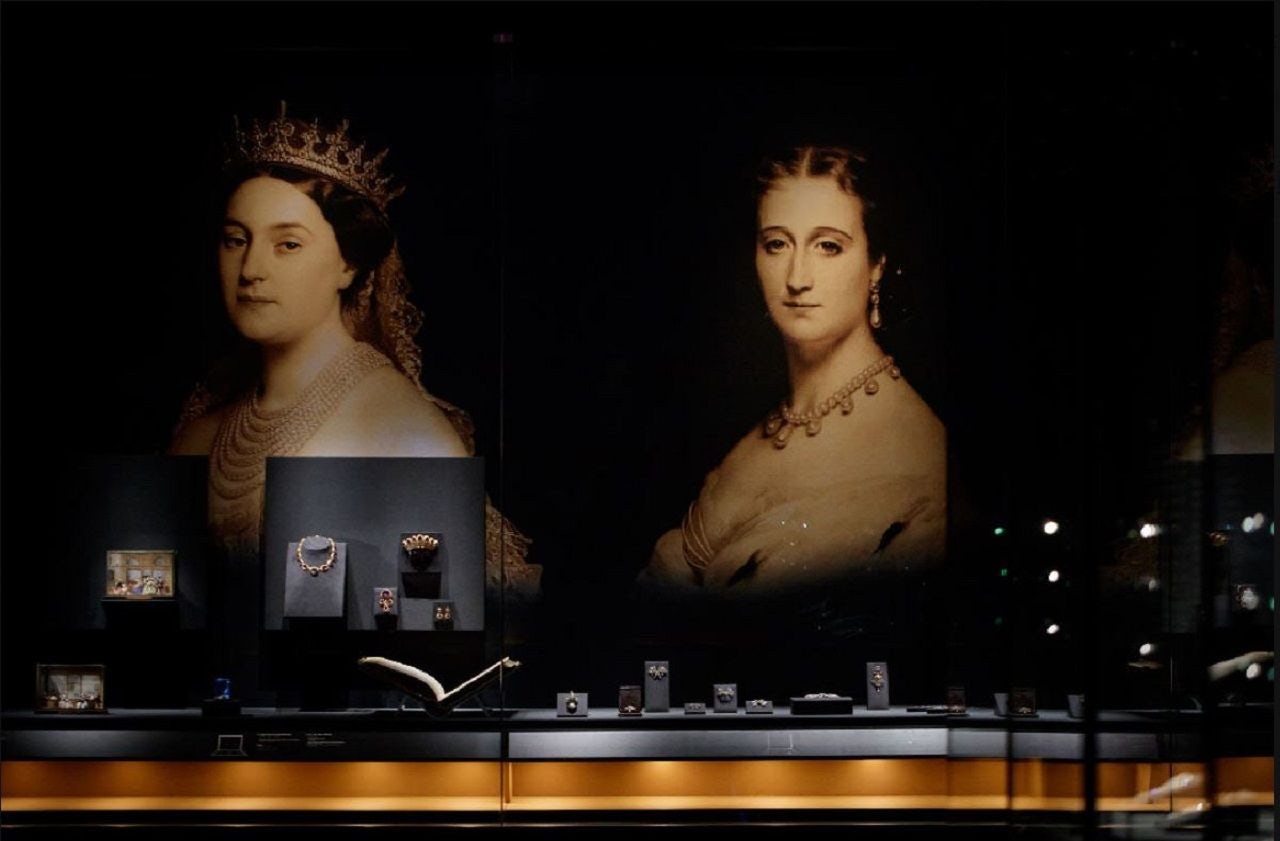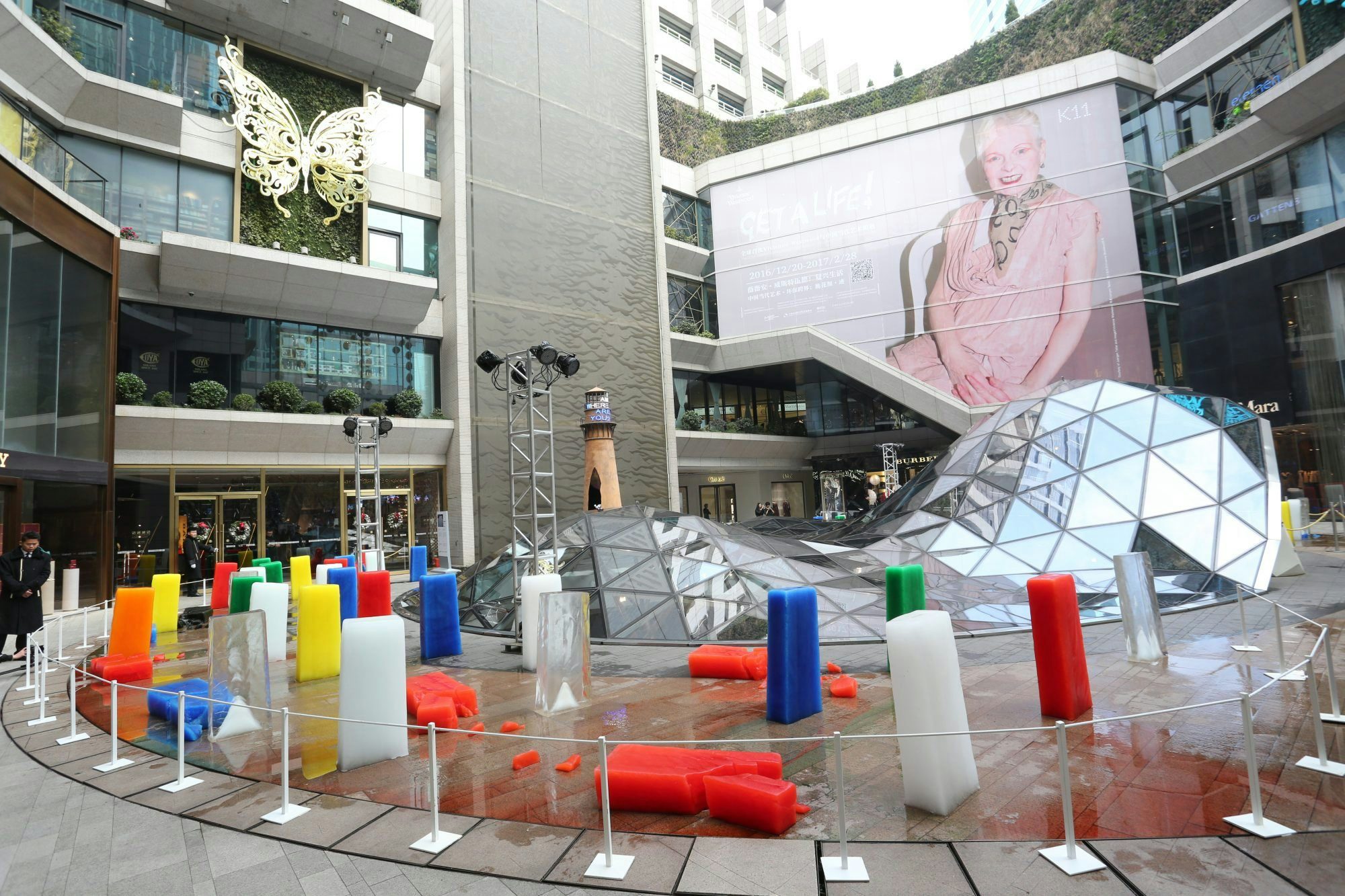There’s a unique bond that exists between art and luxury brands that a lot of marketers have exploited lately. The Cartier Foundation, The Louis Vuitton Foundation, and The Prada Foundation are just a few examples of how brands already have a deep relationship with art through public exhibitions. This practice has led to a new type of innovative retail-exhibition that’s giving Chinese consumers luxury brands in the form of art.
China in the 2010s was the perfect playground for luxury brands to experiment with touring exhibitions which mixed art and high-end fashion. Among others, Dior’s exhibition The Art of Color — where the hottest contemporary Chinese artists created artworks from Dior’s universe of style — opened in Beijing in 2008 and Chanel’s Mademoiselle Privé exhibition in Shanghai, which opened in April 2019, showcases work by Chinese artists who reinterpret the inspirations of Coco Chanel.
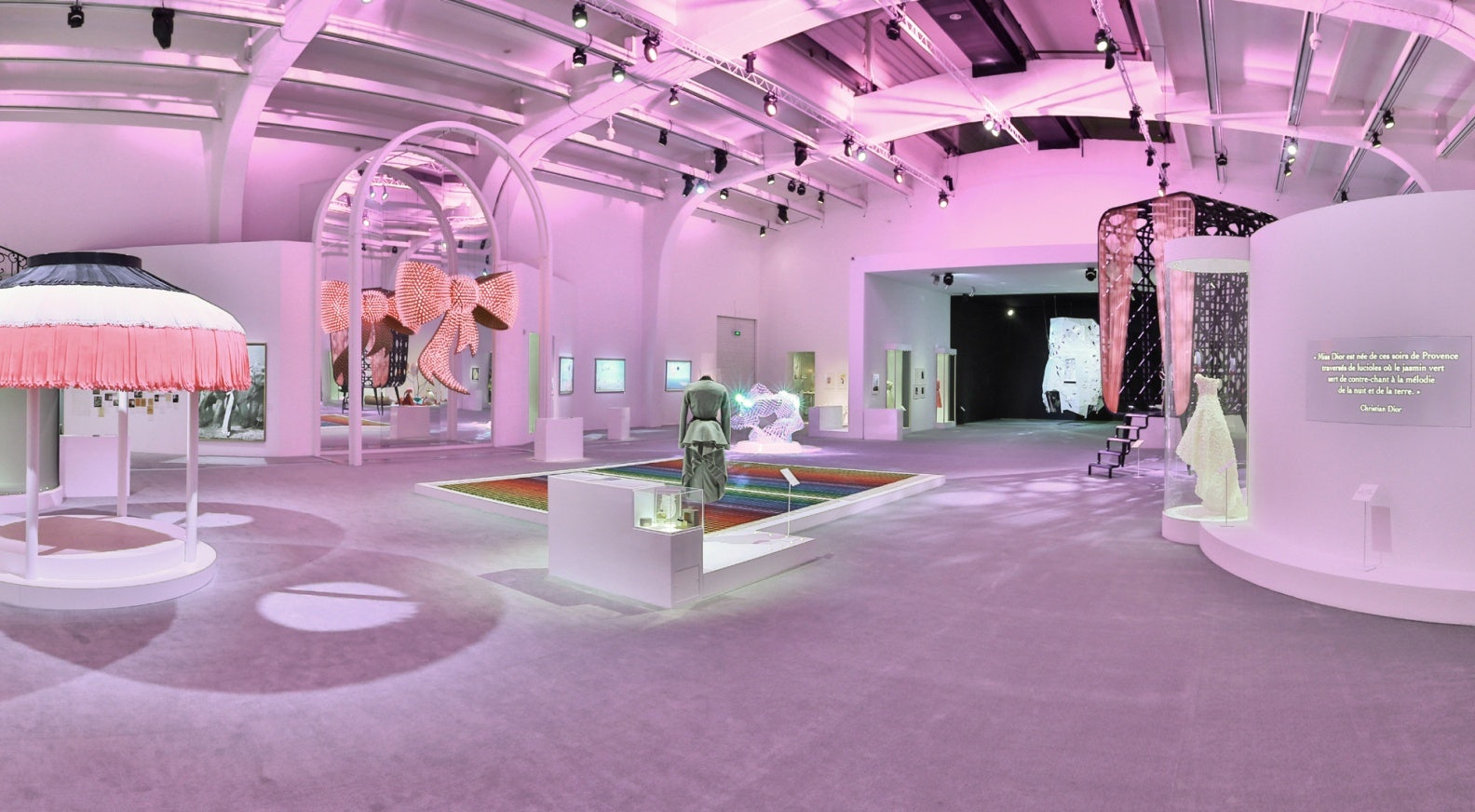
Today, after massive growth in China’s luxury market, two influential art strategies have emerged from these initiatives — art malls and museum licensing — proving that art is now a surprisingly useful muse for luxury marketing in China.
The K11 art mall, which opened in Hong Kong in 2010, was the first shopping center with the vision to bring culture to younger Chinese generations where they go the most. As Adrian Chang, the founder of K11 explains in a recent article, the mall was a quest to “democratize art by creating a habit for millennials to appreciate and understand all forms of beauty.” After opening K11 art malls in Shanghai, Wuhan, Shenyang, and Guangzhou, K11 now has a total of 29 projects set to be completed in China by 2024.
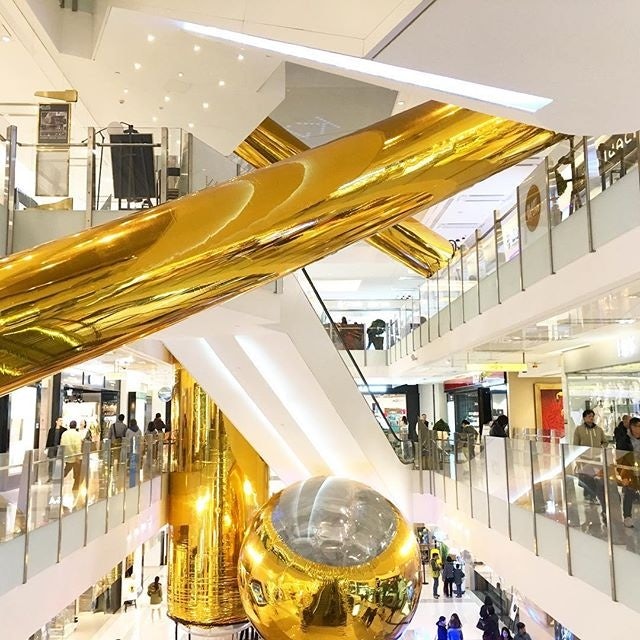
Interestingly, K11 is now pushing the boundaries even more by partnering with ‘cultural brands’ like le Centre Pompidou, The Armory Show in NYC, and the Royal Academy of Arts for a series of Master Exhibitions that will feature works by artists like Salvador Dali or Claude Monet.
K11 also offers artist residencies that gather artists around a common theme relating to consumerism. For instance, “Bagism,” the satirical art movement created by John Lennon and Yoko Ono in the 1960s, became a theme for artists to make work with luxury brands’ handbags. A good example is Shanghai-based contemporary artist Zhang Enli’s painted Birkin bag, which will be auctioned off for charity.

This art-and-retail concept is a new type of immersive luxury shopping experience that American malls still haven’t tried on a serious scale.
In contrast, Showfields opened last year in New York City with the vision of creating temporary retail spaces that merge digitally-native brands with contemporary art and stands as one of the few examples of art-retail malls in the States. Tal Nathanel, the founder of Showfields, explains that the goal of the concept mall was to provide “visitors a transmuting retail experience, combining two floors of experiential shopping with two floors [of] shifting art exhibitions and a coworking and event venue.” While it is too early to say how successful the Showfield’s formula is, it remains one of the very few examples of shopping experiences merging with contemporary art in the U.S.
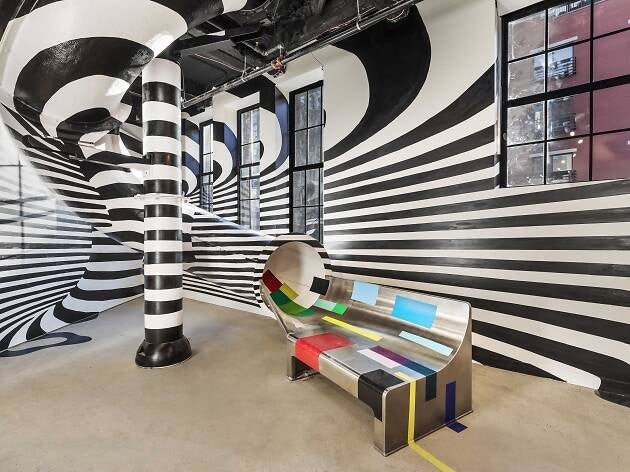
In China, art malls have been the place for teens to hang out for over a decade because they’ve made rotating content a habit that facilitates social media and e-commerce — something U.S. malls have yet to understand and implement.
One reason why art works so well in Chinese malls has to do with the idea of cultural capital, the French sociologist Pierre Bourdieu’s theory behind why art and luxury brands are psychologically linked. His cultural capital model, simply put, demonstrates that culture becomes a currency once the middle class becomes the socially dominant class. Therefore, taste, manners, and credentials become more valuable than levels of wealth. The generations of Chinese consumers born into a quest for economic growth have become a massive middle class now searching for this cultural capital.
In contrast to K11’s contemporary art exhibition strategy, a new player is now bringing innovative cultural capital to China’s middle class by relying on the intellectual property assets of cultural brands. One of China’s most innovative retail entrepreneurs and the founder of Alfilo group, Yizan He, understood the power of cultural capital and took it to a new level. “The difference between contemporary art and artists versus working with museum brands is that museums have a huge fan base thanks to their heritage art pieces,” Yizan said about his client base.
Yizan tapped into the massive amount of art lovers in China and worldwide that follow museums and founded Alfilo group to help merchandise the IPs of different museums to China. As Yizan explained, “We quickly realized that Alibaba was ready to offer us more than the museum brands could ever desire, free front page banners, etc., and that is because these museum IPs had immense depth and width. Yet, we realized that one thing Alibaba could not provide us with was the physical experience.”
Yizan opened its first British Museum pop-up store in 2018 in Shanghai, and it became the LCM mall’s most visited store with 90 thousand visitors for the month.
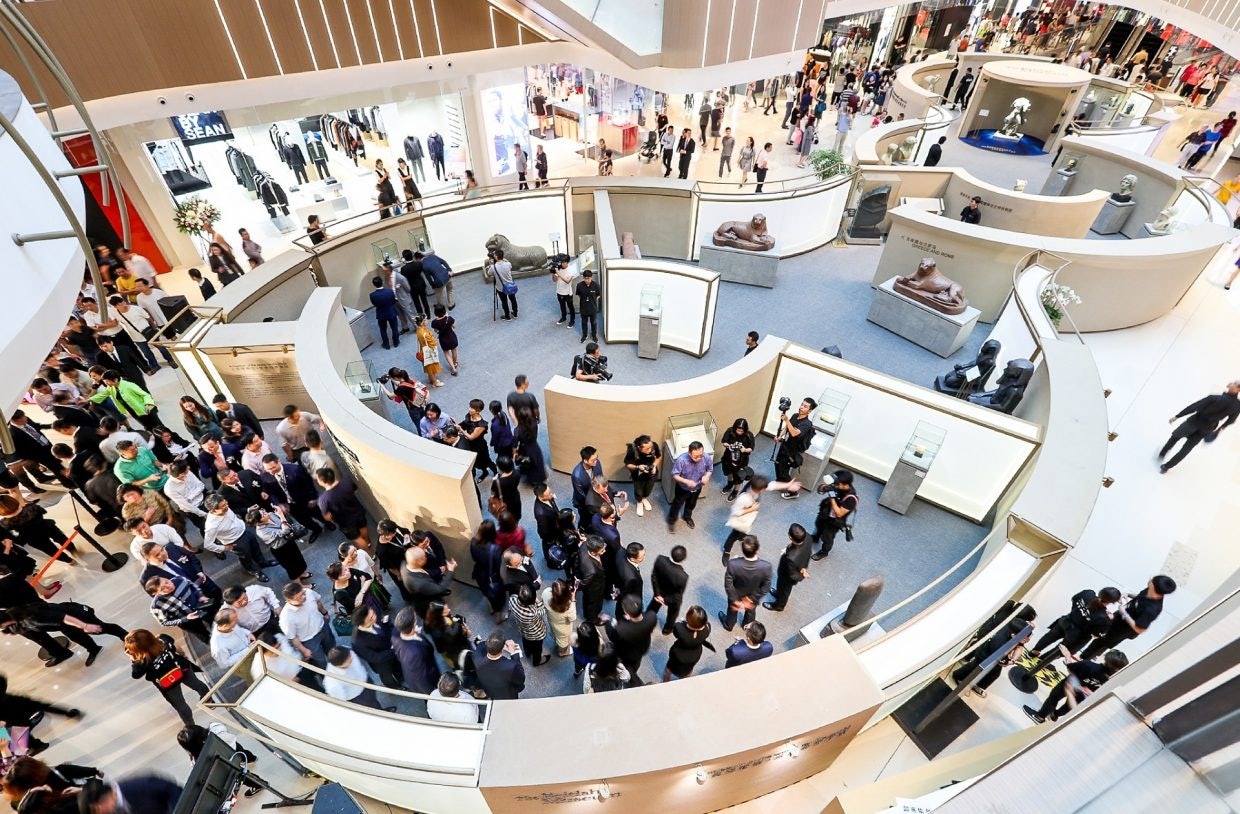
The experience-based store was conceived in three parts. Part one was a store section consisting of VR/AR content, touch panels, and replicas of precious objects. Part two consisted of merchandise that was available for purchase, and part three was a children’s playground. Pre-launch campaigns featured the Chinese model and actress Angelababy carrying a well-known British Museum artifact, the Anderson Cat, on social media. The British Museum’s name recognition was, in fact, so influential that Alibaba and other top influencers offered advertising support for free.
Alfilo now partners with consulting agencies to define what upcoming cultural trends will best serve their museums clients and the different assets they have. Every museum merchandising venture comes with a specific story that buyers can tap into. By licensing all of the British Museum’s assets, Alfilo created a retail partnership with unique merchandising, like a scarf featuring an 18th-century chess game board, the “Noble Game of Swan.” The Belle group, China’s leading women shoe retailer, partnered with the museum to produce handbags and footwear featuring British Museum IP that was both interesting and stylish.
During the pop-up dates, Alibaba’s landing page and mobile banners were offered to the British Museum and linked to a museum shopping page. Alfilo asked users to make videos to show how they would dress if they were invited to the gala, with one video receiving 255 thousand likes and 86 million views.
That video features a lady wearing a scarf, complete with a call to action link so one can buy the scarf right away. “Generating 184 million viewers in 48 hours from coastal areas of China, the campaign proved that such a thing could be very well adapted for U.S. markets in areas where malls are still a gathering destination,” Yizan said.
These made-in-China marketing practices are working tremendously well and offer an untapped world for U.S. retailers to try and leverage inside malls across America.
Tanguy Laurent is Managing Partner of Creative Capital, Altavia Group Leading US Chinese retail branding agency. Follow him for more insights on Linkedin: https://www.linkedin.com/company/creative-capital-hk
